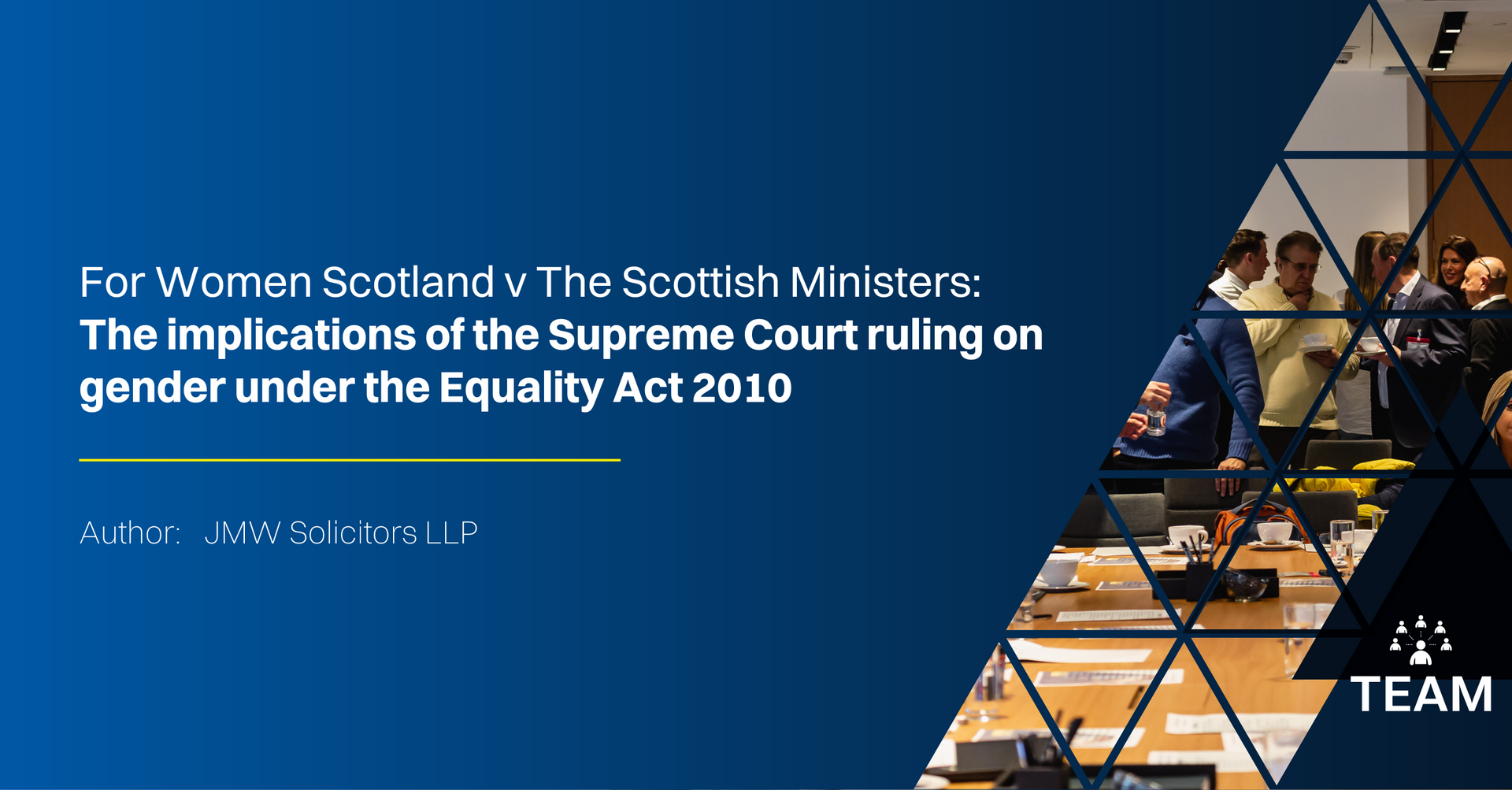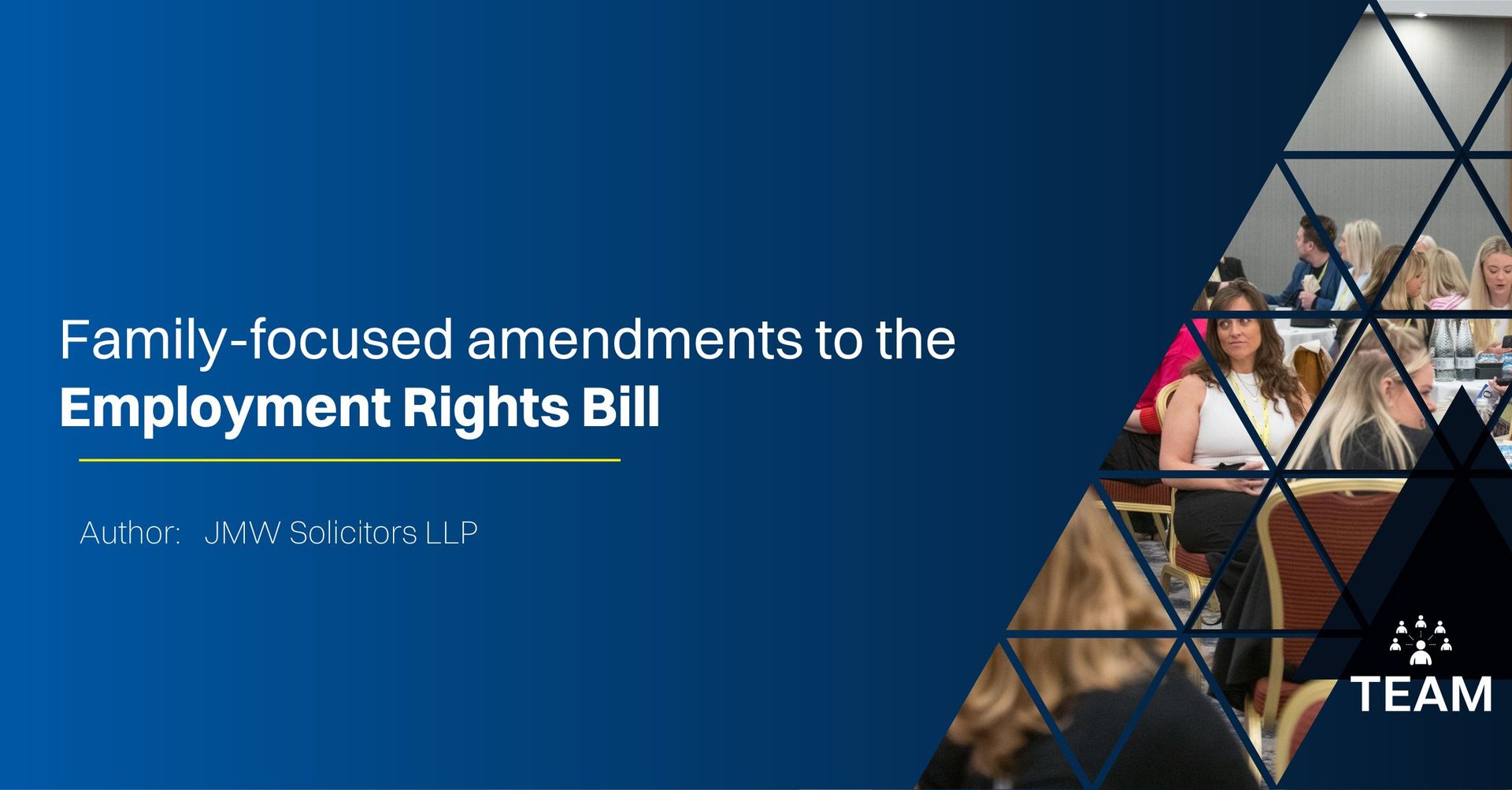You’ve got a good client base. Your candidates know you well. You have relationships with a number of job boards, and your LinkedIn profile is up to date. You’re accessible, you answer all your emails and phone calls. You can take a brief from a client and find them the perfect candidate in a short space of time. As far as recruitment goes, you’ve got every box ticked. Right?
…perhaps not quite.
The thing is, when it comes to working as a solo recruiter there seems to be less competition surrounding you. You’re not in a busy office filled with other consultants, listening to them speak to clients and candidates on the phone all day, and watching them make placements and collect their bonuses. The competitive side to recruitment is completely removed when you work by yourself because you aren’t immediately surrounded by your competition.
But that doesn’t mean it’s not there.
Identify Your Competition
Knowing and monitoring who you are up against might seem like an unnecessary task on your never-ending to-do list, but, trust us, it’ll give you an advantage in the long run. Take a look on LinkedIn – don’t just look at recruitment company profiles, but also individual recruiters who work in similar sectors and on similar roles to you. What kind of content are they sharing? How often do they engage with their connections and wider audience? All of this is part of building relationships and their personal brand.
You don’t need to copy anything and everything your competitors are doing online, but it’s useful to see what they’re doing. If you’ve been unsure about how and why managing your personal brand is so important as a recruiter, seeing conversations happening in the industry you work in, with potential clients and candidates you could be working with, might give you a taste of why online engagement is so important.
Commit to Sharing Content
Working as a solo recruiter is busy enough as it is; if you’re a one-man band, managing your social accounts and creating your own content might seem a bit far-fetched. However, the solution is simple – commit to specific days and times to share content or to have conversations with people online and stick to it.
Start off with identifying when you will have time to share content and where you want to do it. Do you have time to record a quick video of you talking about upcoming roles that you’re working on? Or do you have the time to dedicate to writing a blog once a month? The thought of creating content is often a lot more overwhelming than creating the content itself.
Here’s an idea of a weekly content schedule for recruiters to build their personal brand:
- Monday (comment on other posts)
Often the busiest day of the week – catching up on emails and calls from over the weekend can often mean no time for social media. We understand. If you do get a spare five minutes, have a quick scroll on LinkedIn and comment on a few relevant posts to keep in touch with your connections. - Tuesday (comment on the market in your own post)
As you make your morning coffee, record a quick video of yourself talking about the key roles you are recruiting for this week and mention your email address and telephone number at the end of the video and in the caption. Share it on LinkedIn. - Wednesday (comment on other posts)
When you find five minutes to eat your lunch, have a quick scroll on LinkedIn and see what your clients and candidates are posting about. Comment where appropriate and share interesting content. Staying involved in their conversations is vital. - Thursday (schedule your posts)
A client cancels a meeting with you at the last minute, and postpones until next week. All of a sudden you have an hour or two free that you weren’t expecting – now is the time to schedule some content to LinkedIn. This could be articles, your own thoughts, testimonials but, most importantly, encourage your connections to discuss their thoughts in the comments. - Friday (getting content ideas)
Friday is often the least popular day for engagement on social media, so don’t worry too much if you aren’t able to get onto social media today. Make a note of a few things you want to share next week, and put a reminder in your calendar to do so.
Of course, this is an example of how it could look – it is subject to change every week, depending on your schedule. But no matter how it looks for you personally, finding a few minutes here and there each day, or an hour or so a week each week (if possible), will make all the difference.
Keep the Conversation Going
Making your face and name recognisable on LinkedIn to clients and customers is extremely valuable in recruitment. Recruiters who use social media as part of their sales techniques outsell 78% of their peers – not only are you creating a reliable and trustworthy brand for yourself, but you are getting ahead of your competition in the process.
Author: Darren Westall, CEO of Paiger












